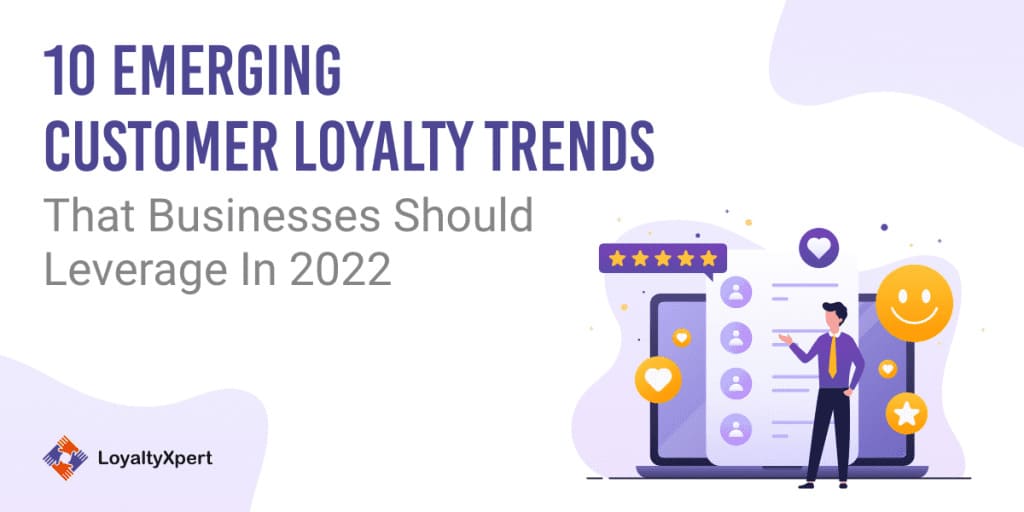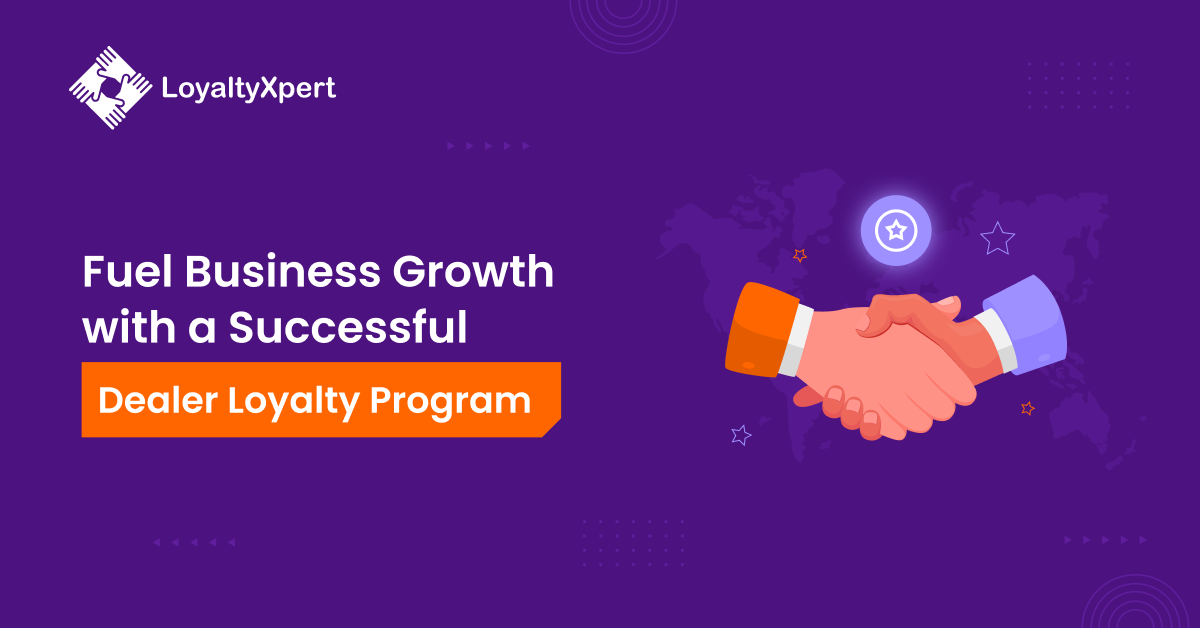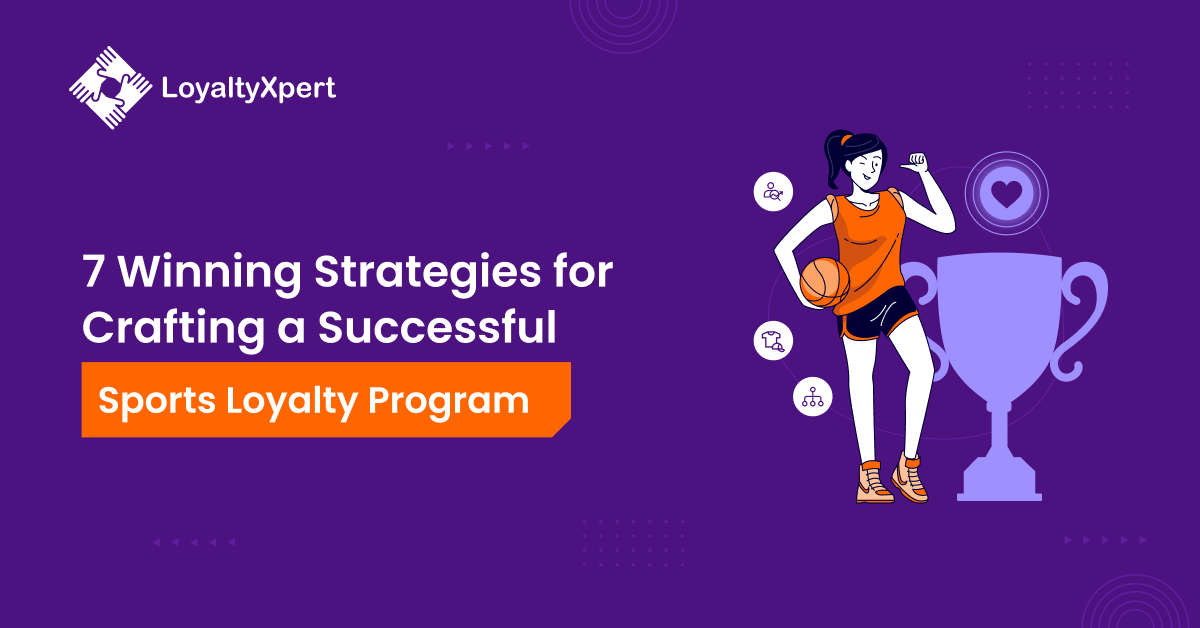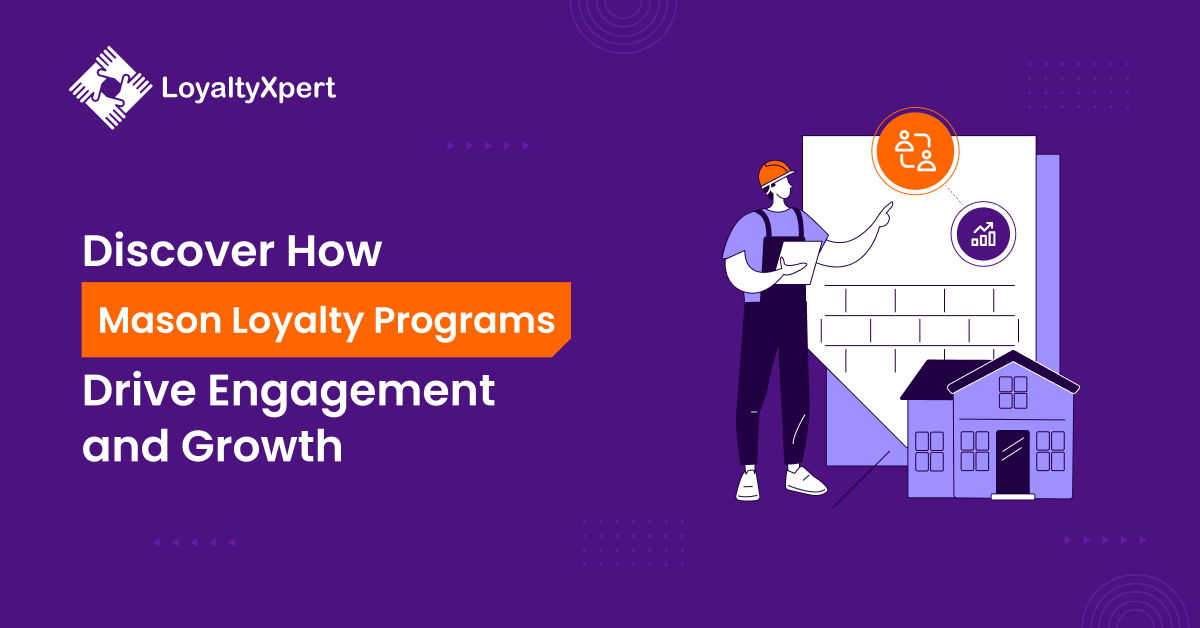
10 Emerging Customer Loyalty Trends That Businesses Should Leverage In 2022
Author
admin
Published on:
Jan 24, 2022
Table of Content
See How Our Loyalty Program Can Help You.
Let us guide you through our product features with Loyalty Experts
In the last few years, the tastes and preferences of customers have changed a lot. The contemporary customers are tech-savvy and spoilt for choice. For every customer, there are too many businesses competing for their attention, money, and loyalty. But, eventually, only a few succeed. In this context, it is crucial for businesses looking to implement customer loyalty programs to understand the emerging trends that will play a major role in customer satisfaction and retention.
At LoyaltyXpert, we know the importance of customer loyalty for business success. In this blog post, we discuss the ten emerging trends that will help all types of businesses to adapt their customer loyalty programs in the ongoing year.
AI to drive customer loyalty programs by 2022
Several businesses are adopting artificial intelligence (AI) to enhance their marketing campaigns and customer loyalty programs. From providing 24/7 customer support to making purchasing decisions, AI has revolutionized the way businesses serve customers. As per IBM, two in five businesses in Europe and the U.S. use AI assistants to remain connected with their customers round the clock. AI also provides data-driven insights into consumer behavior and enables businesses to tailor effective loyalty programs for a specific group of customers. The rise of AI will also play a key role in the adoption of AI in customer loyalty strategies all over the globe. As per Gartner\'s study, the worldwide AI software revenue will touch US$62.5 billion in 2022, a rise of 21.3 percent from 2021.
More gamified loyalty programs
Gamified loyalty programs are customer retention strategies that have game-like elements. By gamifying their loyalty programs, businesses engage their customers, give them memorable experiences, and provide them the incentives to make frequent purchases. A Tech Validate report found that close to one-third of the businesses that used gamification in their customer loyalty programs increased registration conversion rates by more than 50 percent. As per a Giga Information study, gamification increases online customer activity by nearly 70 percent and social sharing by 22 percent. In 2022, many more businesses will gamify their loyalty programs and will give their customers a whole new shopping experience.
Subscription models to enhance customer loyalty and revenue
A subscription model is a paid or premium loyalty program that requires customers to enjoy special privileges and rewards for a small fee. As per the Subscription Economy Index report, subscription businesses have steadily increased five to eight times faster compared to traditional businesses in the last ten years. Subscription business revenue has increased 437 percent during the period, stated the report. After the pandemic, many companies are keen to adopt the model to provide their customers with value and compensate for the lost revenue. More businesses are looking to redesign their customer loyalty strategies to catch the attention of new types of customers and counter the impact on traditional revenue streams.
Businesses may use NFTs in their loyalty programs to engage and reward customers
Though non-fungible tokens (NFTs) have been around for quite some time, their rise in the last few years has been phenomenal. Statista data states that the market cap of NFTs has grown nearly ten times between 2018 and 2020. The astounding popularity of NFTs is likely to encourage some businesses to use the tokens in their loyalty programs. From providing experiential offerings to collectibles, some established brands such as Quartz, Taco Bell, and Coca Cola have already started using NFTs to engage the international audience as well as tech-savvy customers. In the future, more businesses are likely to join the bandwagon and use digital tokens to engage and reward their most loyal customers.
More B2B loyalty programs
The potential of the B2B loyalty program is extremely untapped. However, B2B loyalty programs are more necessary than ever before. A recent PwC survey revealed that almost two-thirds of B2B clients would like a special experience from their vendors. As per a Bain study, seven out of ten B2B executives said that their clients are less loyal than they used to be. All this shows how crucial it is for B2B companies to adopt loyalty programs to maintain excellent relations with their clients. Fortunately, many B2B businesses have started adopting effective loyalty programs. As per Leapfrog, 81 percent of B2B marketers are tweaking their budgets to be more customer-focused.
[pafe-template id="9995"]
Stock ownership as a customer loyalty tool
Ever thought that companies can offer shares and equity to their loyal customers so that they remain invested in their success? In recent years, some reputable businesses such as Lululemon, eBay, Lowe’s, and North Face are rewarding their loyal customers with fractional shares and stocks. They are offering a fraction of stock ownership to their most loyal customers as a reward instead of providing other types of perks such as coupons, discounts, or frequent flier miles. The idea is simple—the more they purchase, the more fractions of stock they receive. The creative approach is gaining traction and is proving to be more effective compared to other customer loyalty strategies. A survey of 1,000 customers found that two-thirds of the respondents are more likely to buy from a company that offers stock ownership. Many companies are likely to follow the suit and implement the strategy in their loyalty program.
Growing popularity of ‘buy now, pay later’ option
The ‘buy now, pay later’ (BNPL) model is a payment option where customers can buy a product or service and pay for it in the future. The model enables them to pay for their purchases in easy installments without exorbitant late fees or high-interest rates. This enables them to buy expensive items without having to save a lot of money or wait for a long time. Using it, businesses also sell their merchandise at a steady pace. The BNPL industry is surging and is expected to increase manifold in the coming few years. The latest Allied Market Research report projected the international BNPL market size to reach US$3.98 trillion by 2030, up from US$90.69 billion in 2020, which is a compounded annual growth rate of 45.7 percent. As per Adobe research, installment spending in 2020 increased by 422 percent compared to 2019. With the rising popularity of the BNPL payment model, many businesses are more likely to use the strategy to propel customer loyalty and encourage more customers to buy now and pay later.
First-party customer data
First-party customer data is the data that companies get directly from their prospects and customers. In this case, customers deliberately share their contact information with a brand and give their consent to send emails and other promotional materials. It is a quintessential one-to-one marketing tool that many businesses are leveraging to augment their customer loyalty programs. Using first-party customer data, companies can identify the purchase intentions of their prospective customers and personalize the marketing strategies and loyalty programs. A data suggests that 80 percent of customers are more likely to engage with businesses that provide personalized experiences. Several leading businesses are already using first-party data to tailor their communication and customer retention programs and the companies that follow the suit will remain ahead in 2022.
Emotional loyalty replacing rational loyalty
Emotional loyalty strives to strike a chord with the customers by appealing to their sentiments and winning their trust. Some of the most successful businesses in the world have shown the power of emotional loyalty. That’s because they showcase a strong set of values and communicate to their target audience and prospective customers based on what they care about. When discussing emotional loyalty, we all cannot help but think of Apple that changed the way people look at their personal computers. As per the latest study, the tech behemoth ranks at the top when it comes to the most emotional connection with its customers. They achieved the feat not just by manufacturing the best computers and smartphones but by providing unique experiences and a feel-good factor to its users and focusing on customer satisfaction. Today, more businesses are focusing more on emotional loyalty over rational loyalty than ever before.
Omnichannel strategies to drive customer loyalty
Omnichannel strategies can help businesses collect crucial customer data and information to understand consumer behavior and know their tastes and preferences. With these strategies, businesses can engage with their customers and design customized loyalty programs that are tailored for a specific group of customers. As per a new study, more than half of the customers are more loyal to businesses that understand them. Omnichannel loyalty programs enhance engagement and user experience, which results in higher sales. In 2022, many businesses are likely to use omnichannel strategies to drive more customers to their sales funnel.
Taking everything into account
Latest technology developments and emerging trends play a key role in customer loyalty. The above ten trends will do the same but smart businesses will use them to stay ahead of the curve. At LoyaltyXpert, we can leverage these ten emerging trends to help all types of businesses to tailor their customer loyalty programs. If you want to design an effective loyalty management program, contact our team of experts today.


